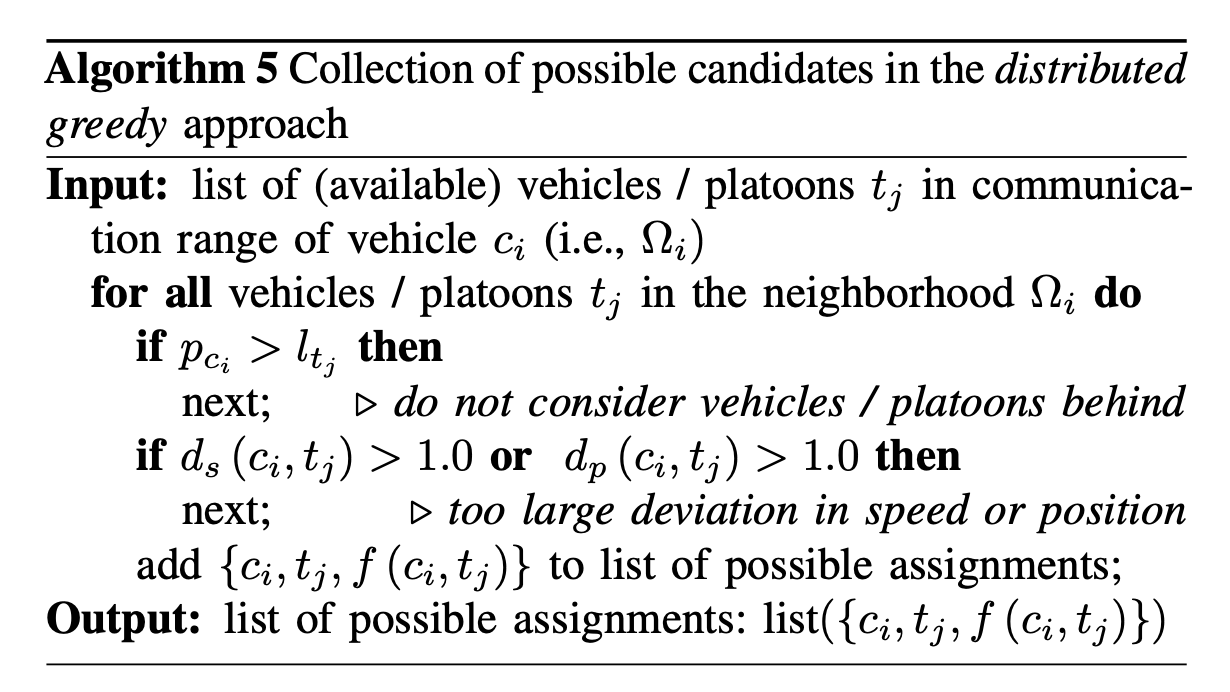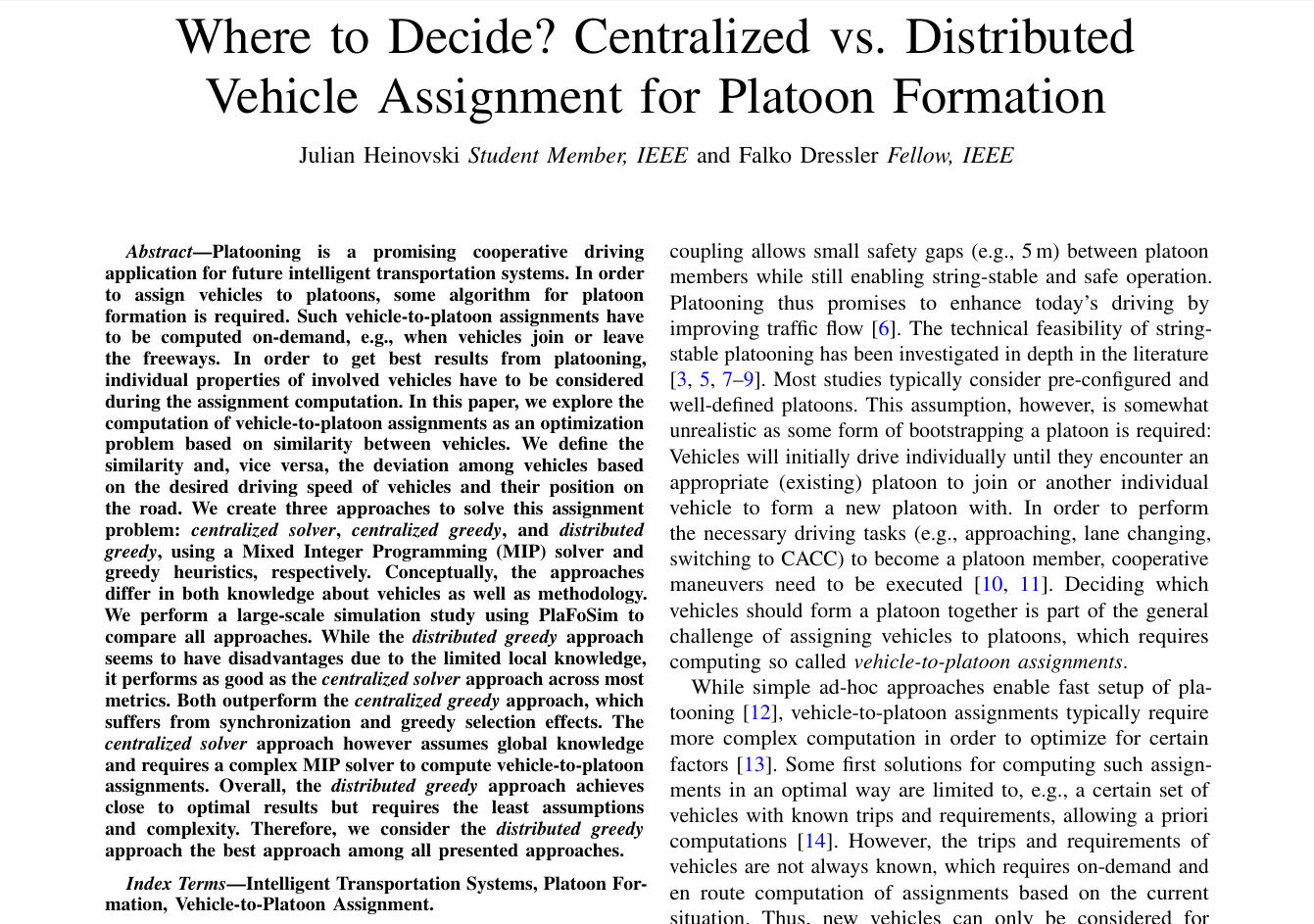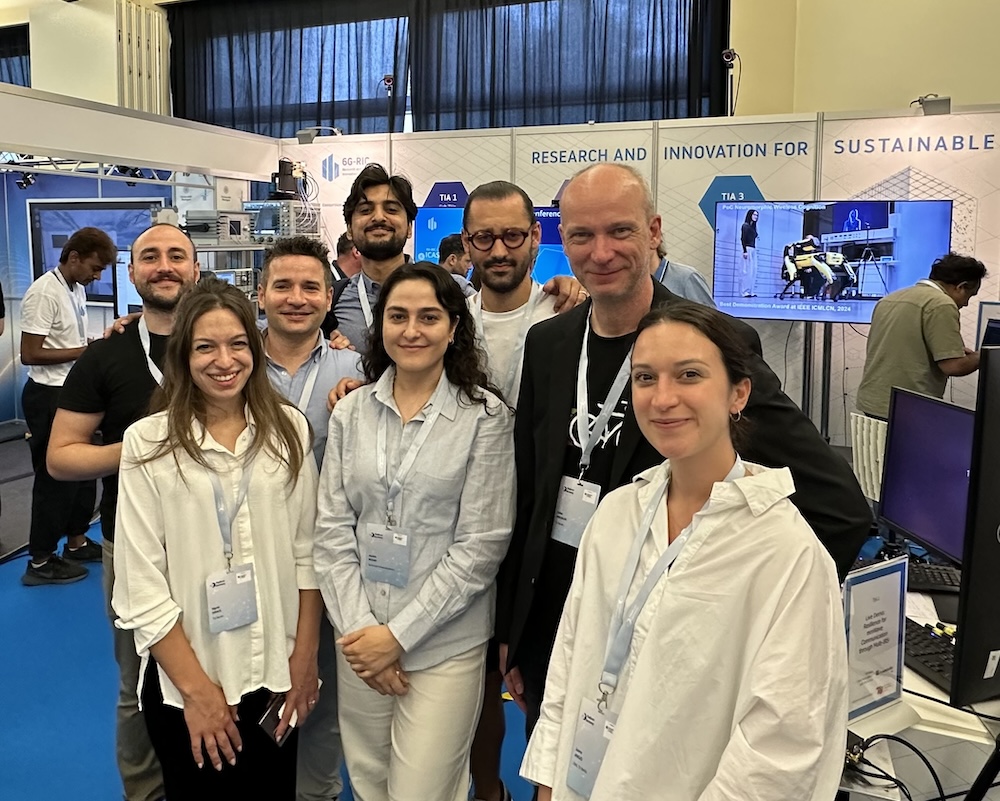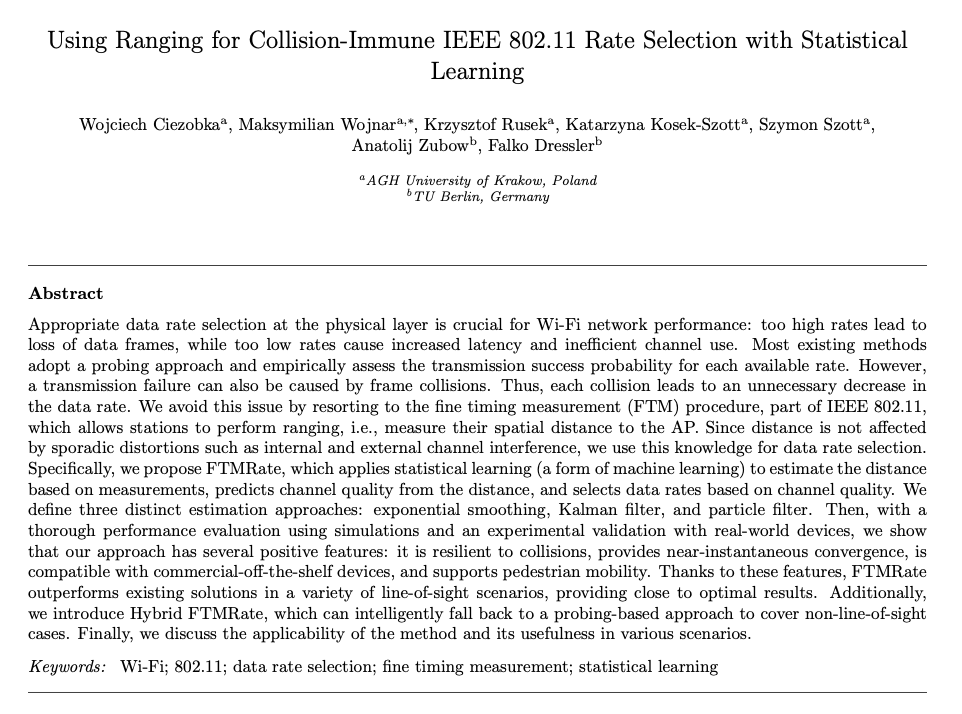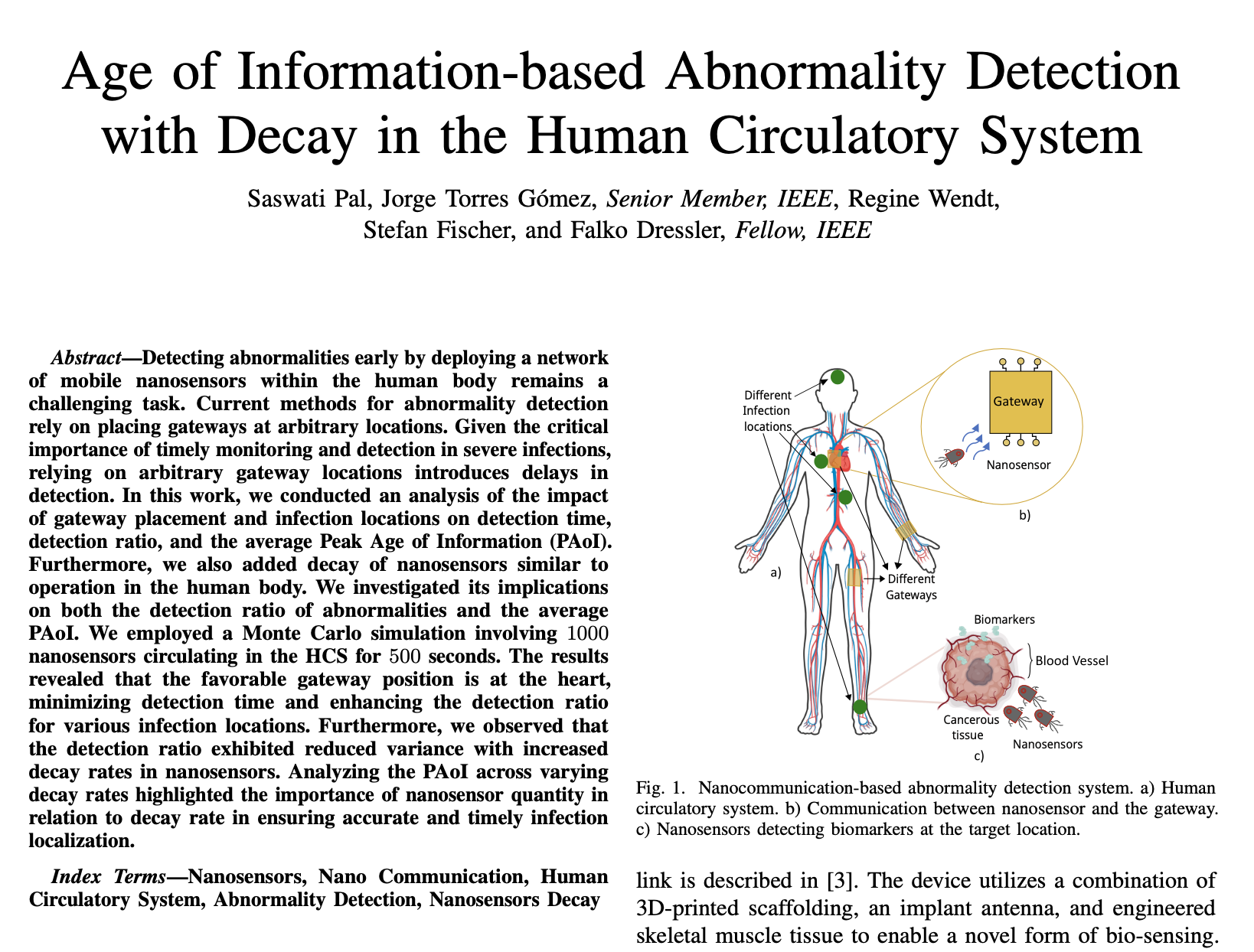Literature Database Entry
dressler2020safety-talk
Falko Dressler, "From Safety to Scale and Back: Converging Technologies in Vehicular Networks as a Game Changer," Keynote, 12th IEEE Vehicular Networking Conference (VNC 2020), Virtual Conference, December 17, 2020.
Abstract
We will primarily discuss the challenges and opportunities of the connected cars vision in relation to the need for distributed data management solutions ranging from the vehicle to the mobile edge and to the data centers. Vehicular networking solutions have been investigated for more than a decade (IEEE VNC debuted in 2009) but recent standardization efforts just enable a broad use of this technology to build large scale Intelligent Transportation Systems (ITS). Modern 5G networks promise to provide all means for communication in this domain, particularly when integrating Mobile Edge Computing (MEC). However, it turns out that despite the many advantages, it is unlikely that such services will be provided with sufficient coverage. Convergence in communication technologies plays an important role, now bringing together classical DSRC (IEEE 802.11p) and C-V2X (as defined in 5G-NR) with emerging technologies such as VLC and RADCOM. In addition, vehicle micro clouds have been proposed that bridge the gap between fully distributed vehicular networks and centralized cloud services. Using names such as vehicular fog, vehicular cloud, and others, cars begin to play a relevant role in next generation ICT systems in smart cities and beyond.
Quick access
Contact
BibTeX reference
@misc{dressler2020safety-talk,
author = {Dressler, Falko},
title = {{From Safety to Scale and Back: Converging Technologies in Vehicular Networks as a Game Changer}},
howpublished = {Keynote},
publisher = {12th IEEE Vehicular Networking Conference (VNC 2020)},
location = {Virtual Conference},
day = {17},
month = {12},
year = {2020},
}
Copyright notice
Links to final or draft versions of papers are presented here to ensure timely dissemination of scholarly and technical work. Copyright and all rights therein are retained by authors or by other copyright holders. All persons copying this information are expected to adhere to the terms and constraints invoked by each author's copyright. In most cases, these works may not be reposted or distributed for commercial purposes without the explicit permission of the copyright holder.
The following applies to all papers listed above that have IEEE copyrights: Personal use of this material is permitted. However, permission to reprint/republish this material for advertising or promotional purposes or for creating new collective works for resale or redistribution to servers or lists, or to reuse any copyrighted component of this work in other works must be obtained from the IEEE.
The following applies to all papers listed above that are in submission to IEEE conference/workshop proceedings or journals: This work has been submitted to the IEEE for possible publication. Copyright may be transferred without notice, after which this version may no longer be accessible.
The following applies to all papers listed above that have ACM copyrights: ACM COPYRIGHT NOTICE. Permission to make digital or hard copies of part or all of this work for personal or classroom use is granted without fee provided that copies are not made or distributed for profit or commercial advantage and that copies bear this notice and the full citation on the first page. Copyrights for components of this work owned by others than ACM must be honored. Abstracting with credit is permitted. To copy otherwise, to republish, to post on servers, or to redistribute to lists, requires prior specific permission and/or a fee. Request permissions from Publications Dept., ACM, Inc., fax +1 (212) 869-0481, or permissions@acm.org.
The following applies to all SpringerLink papers listed above that have Springer Science+Business Media copyrights: The original publication is available at www.springerlink.com.
This page was automatically generated using BibDB and bib2web.

